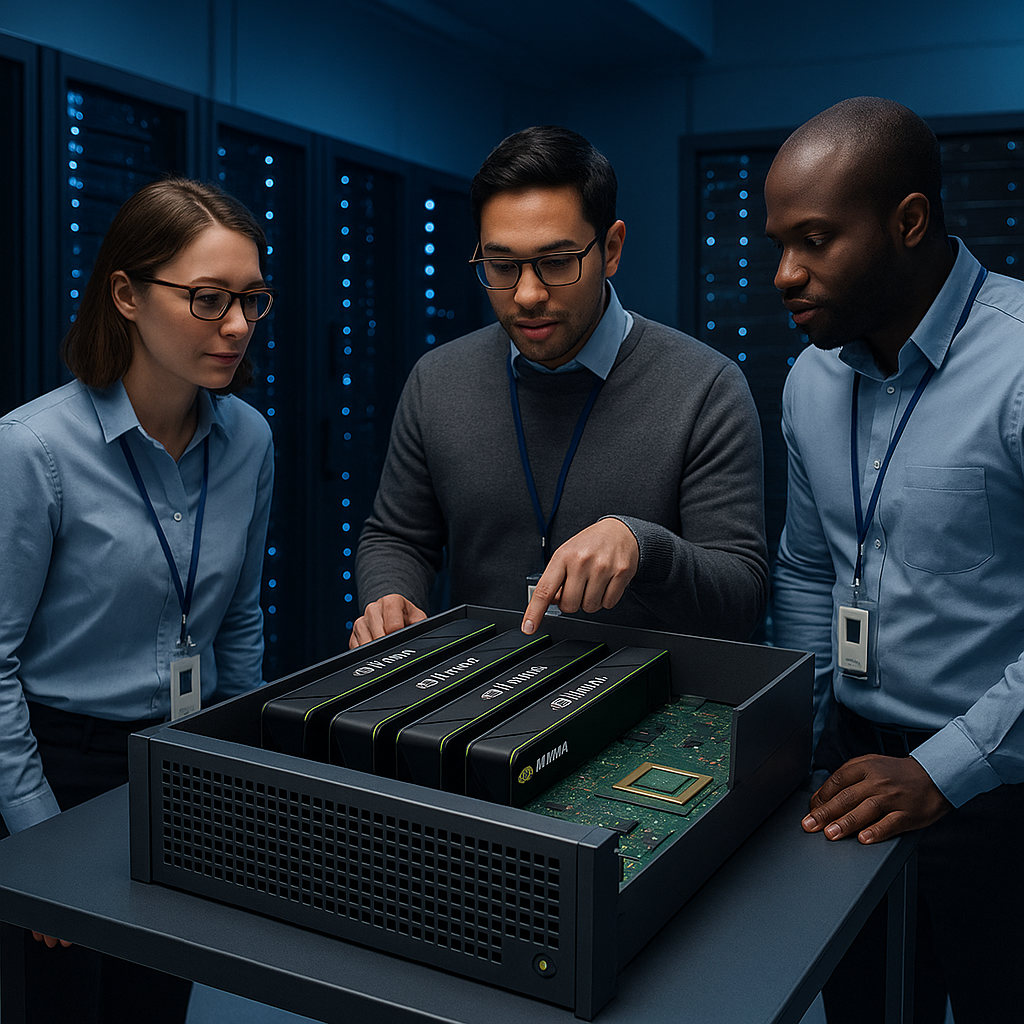AI in VDI: How Artificial Intelligence Predicts Failures and Automates User Support
AI in VDI: How Artificial Intelligence Predicts Failures and Automates User Support
More and more companies today are moving to VDI (Virtual Desktop Infrastructure) — a technology that allows employees to work remotely with corporate applications and files .
All data and computing processes stay on secure servers — not on personal devices.
VDI makes businesses more flexible and secure — but it also introduces new challenges:
how to monitor the performance of hundreds of virtual machines,
how to prevent failures,
and how to support users without overloading the IT team?
How AI Predicts Failures in VDI
Modern VDI platforms (Citrix, VMware Horizon, Azure Virtual Desktop) collect massive amounts of data:
server load,
CPU and RAM utilization,
application response time,
user activity logs.
AI analyzes this data in real time, detecting anomalies and patterns that may indicate upcoming issues.
For example:
if response times start growing, AI identifies early signs of storage overload;
if server load regularly exceeds normal thresholds, AI recommends redistributing resources;
if it detects recurring issues, AI alerts administrators before users even notice the problem.
This shifts companies from reactive support to proactive, predictive management, preventing outages before they appear.
How AI Automates User Support
AI doesn’t just understand infrastructure — it also improves the user experience.
Intelligent chatbots can:
diagnose connection issues,
provide instant troubleshooting steps,
automatically create IT tickets with pre-collected diagnostics.
AI agents can autonomously resolve common incidents:
restart frozen virtual machines,
restore corrupted user profiles,
optimize resource allocation across desktops.
This reduces manual workload and dramatically speeds up issue resolution .
The Future of VDI: Smart, Self-Managing Infrastructure
As hybrid clouds grow and data volumes expand, AI becomes the “brain” of VDI environments:
continuously learning and improving predictions,
auto-scaling resources based on real demand,
cutting operational costs by reducing manual tasks and optimizing infrastructure usage.
Services ITGLOBAL.COM Provides to Secure and Strengthen VDI
ITGLOBAL.COM helps companies build, protect, and operate VDI environments at every stage — from design to 24/7 support.
Secure VDI Infrastructure (turnkey)
Design, deployment, and support with a strong focus on security and performance.
Comprehensive VDI Cybersecurity
protection from malware and attacks,
network segmentation,
access control with Zero Trust principles.
Monitoring and Predictive Analytics
AI-powered performance analytics,
anomaly and threat detection,
forecasting potential failures.
24/7 VDI Operations and Support
technical support,
automated incident handling,
fast recovery of virtual environments.
ITGLOBAL.COM Cloud VDI
A fully managed cloud-based VDI solution — secure, scalable, and easy to integrate.
Backup and Disaster Recovery (DR)
Protection against data loss and rapid restoration of virtual desktops.
VDI Optimization and Modernization
Performance tuning, cost reduction, environment audit.
ITGLOBAL.COM empowers companies not just to adopt VDI—
but to make it smart, secure, and predictable, powered by AI and expert support.
Conclusion
AI in VDI isn’t just a new feature — it’s a new way of managing IT environments.
It makes virtual workplaces more stable, and support teams more efficient and proactive.
<br style="font-weight: 400;" /><br style="font-weight: 400;" />
li {list-style:disc;}






